Lolita vs. Lolita: How fashion comes to be

LOS ALAMITOS, Calif. — You run your hand over a fabric. You cannot see it, but there’s a feeling. Possibly frill? This soft fabric, might it be a bow or the cuff of a sleeve? Why, it’s a dress! What style could it be? You flip over the dress, but no… this side feels quite different. This dress is two different dresses and two different styles. It’s two fashions with the same name and two sides of the same coin: Lolita.
Perhaps the gallant frill of a dress and Victorian style bleeding into its look is a movement, or maybe the abundance of heart-shaped shades paired with a matching outfit of the 1940s is indicative of a larger picture.
Lolita is two styles that coincidentally share the same name. In order to establish the difference between these two fashions, one must look back to 1955.
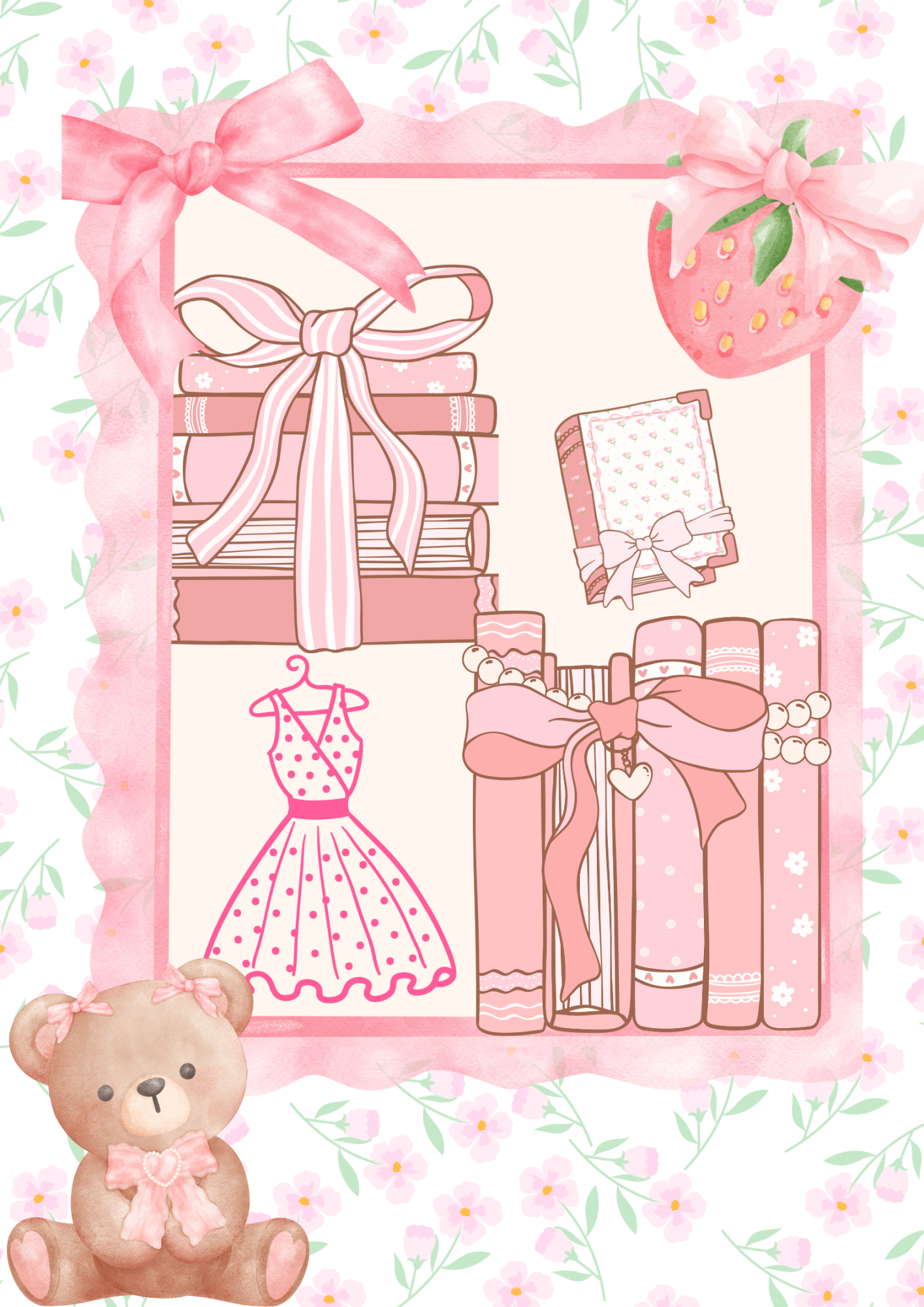
Vladimir Nabokov wrote a notorious novel called “Lolita,” marked by its sensitive contents concerning predatory and victimized dynamics — a controversial book even today. The book is about a young girl named Dolores, called Lolita by her stepfather, Humbert.
The book was officially published in America in 1958 and further popularized by the 1997 movie adaptation. Lana del Rey also used the book to appeal to girls with her song “Lolita.”
Initially, the book was an interpretation of age-gap relationships, heavily romanticized despite the horror the story meant to convey. On the other hand, some individuals considered the work obscene and thought Dolores was an inherently explicit character.
After this, the character Lolita (Dolores) popularized a “nymphet” style designed around a young, innocent look with suggestive undertones and light or pastel colors, typically pink. The style abides by coquette fashion, also inspired by the 1940s, because of how Lolita was characterized through the disturbing perspective of Humbert. She was seen as a sort of femme fatal to his morals.
“In some ways, Lolita morphed into a symbol that became desirable to young girls because of its online advertisement,” according to an article by Bare Magazine. “Soon, thanks to the advertising encouraging this glorification, girls online strived to look like a young girl who seduces older men.”
This book — and its idolizing portrayal of a young girl’s relationship — created an aesthetic: a fashion.
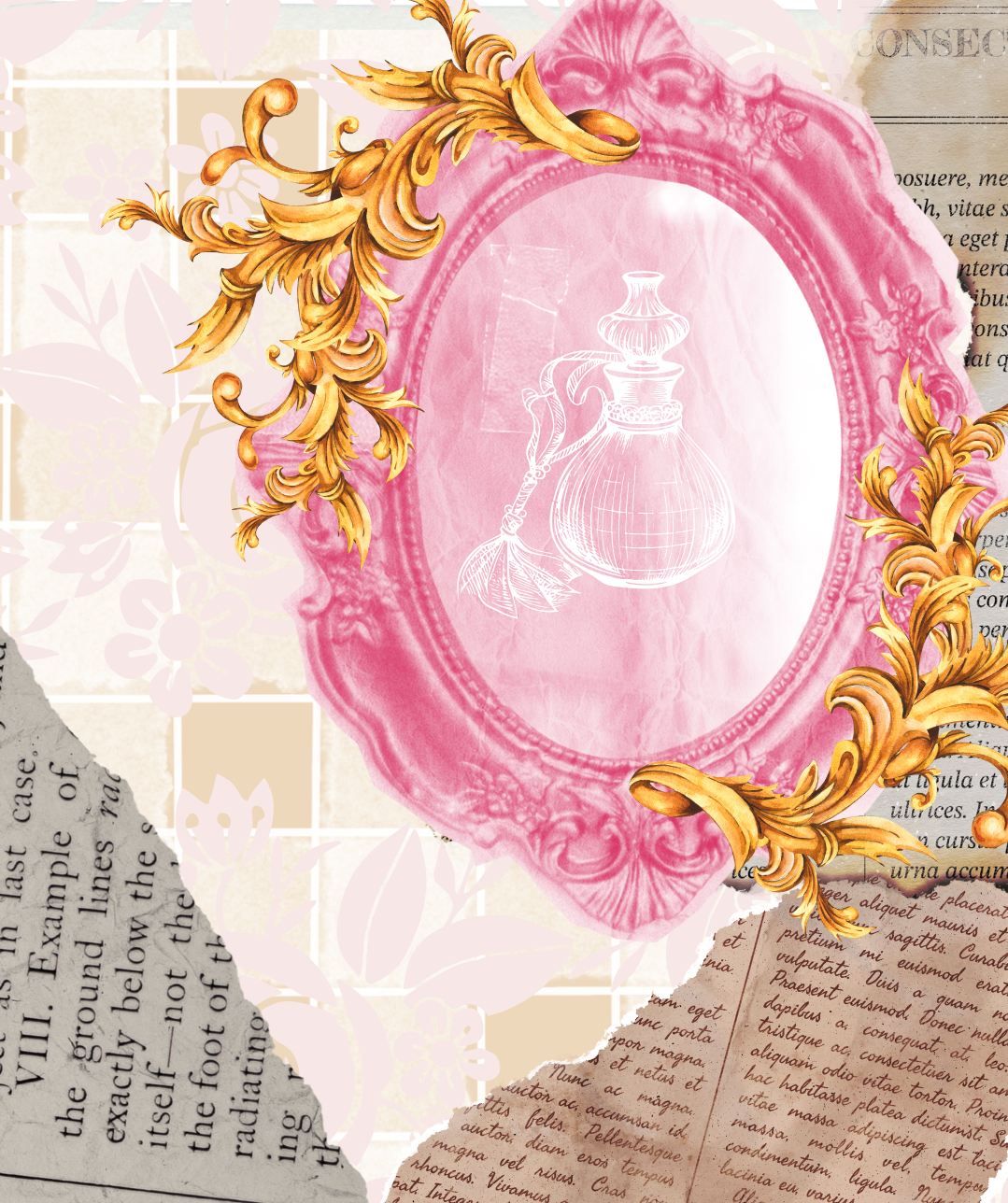
The contrast to the Western concept of Lolita is Japan’s version of Lolita fashion, first introduced in the 1970s. The Japanese fashion’s style is typically softer and cuter, some adhere to a more alternative style, like the well-known Japanese band Malice Mizer. The overall style pulls from Western Victorian influence and the French Rococo period.
More than a visual palate, the style stemmed from a rebellious statement, according to an article by Scholar Harvard.
“Rather than challenging ‘the man’ through angry and sexually charged forms such as punk and rock, which were favored by Western youth, Japanese mainstream culture simply refused to grow up,” the article says.
Despite the same name, the fashions had completely different intentions as well as places of origin. Japan is especially well-known for making statements through fashion against patriarchal beauty standards. One example is Gyaru fashion, made to directly contradict Japanese beauty standards.
From these two styles comes a message of movement and time. One version of Lolita was meant as a movement against patriarchal beauty standards, and another adhered to a victimizing fantasy of young Dolores’ relationship. Fashion’s versatility and different interpretations with visual appeals is what makes it timeless and appealing to girls today.
Your donation will support the student journalists of Los Alamitos High School. Your contribution will allow us to purchase equipment and cover our annual website hosting costs.
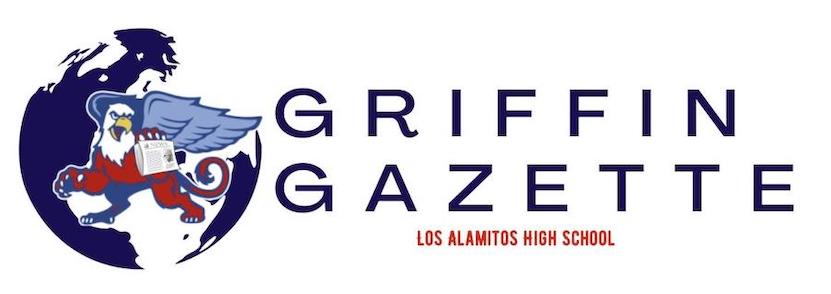



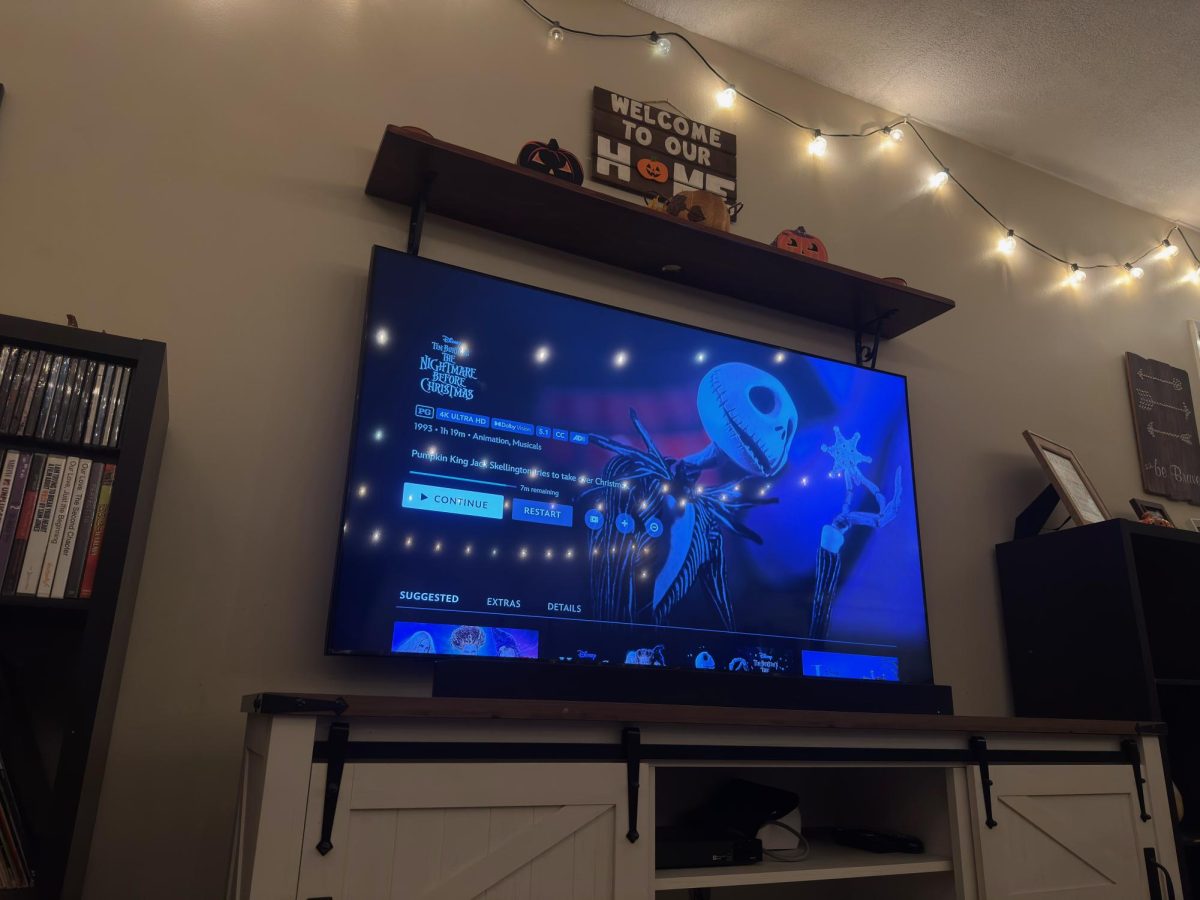

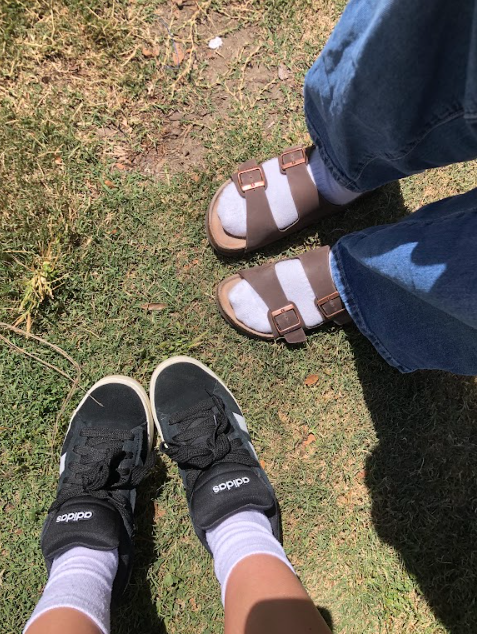
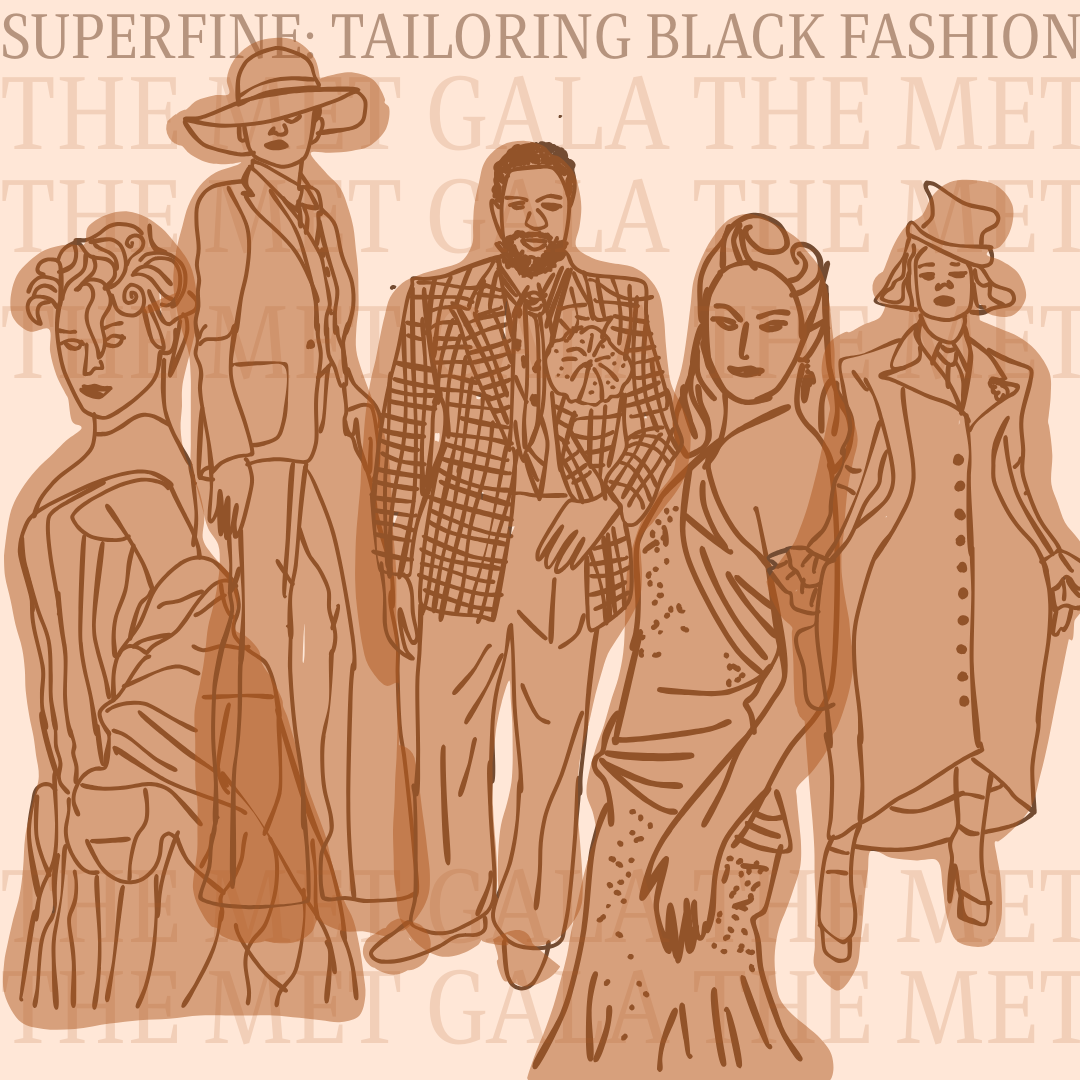
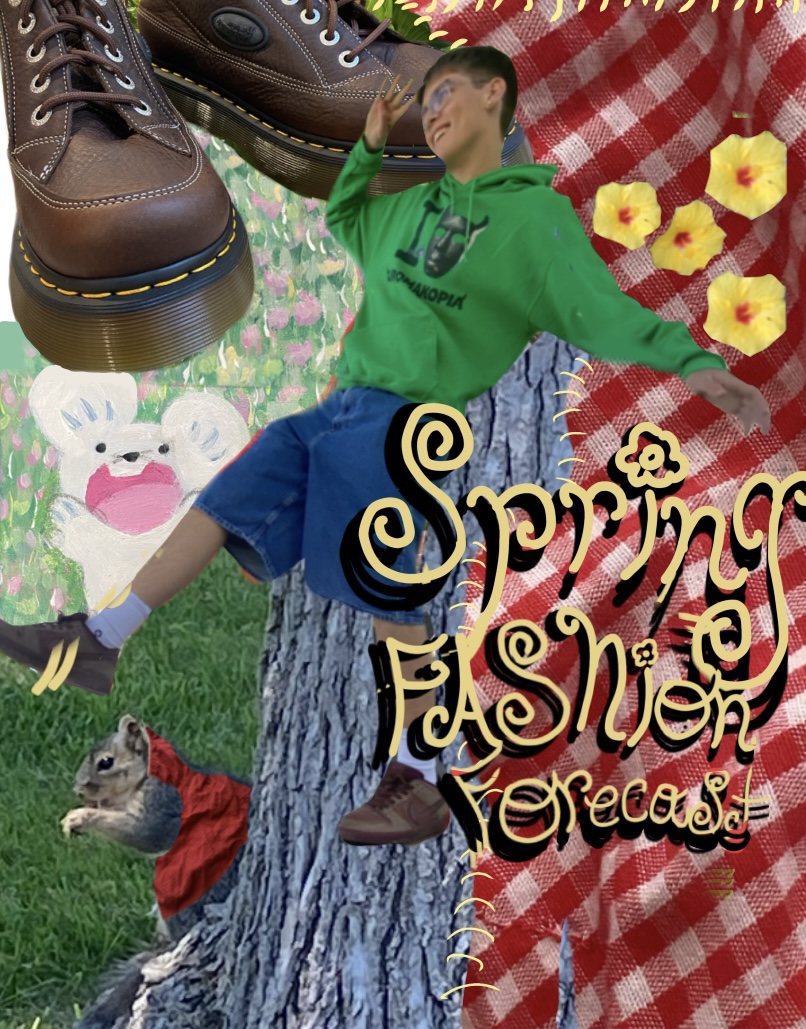
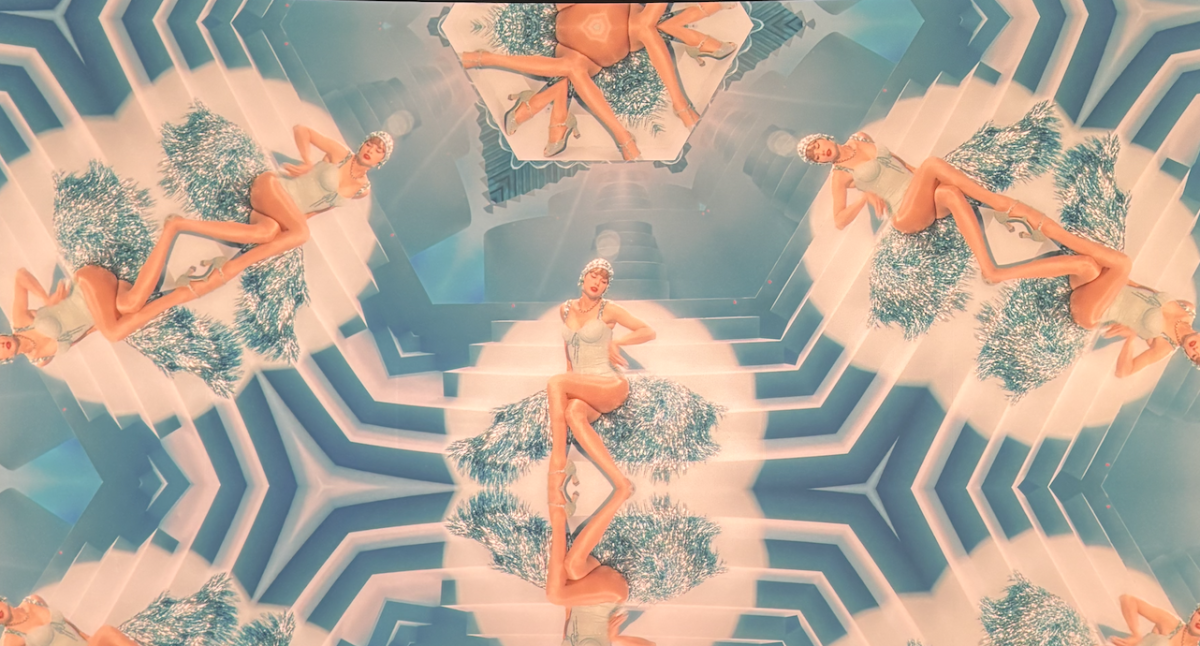

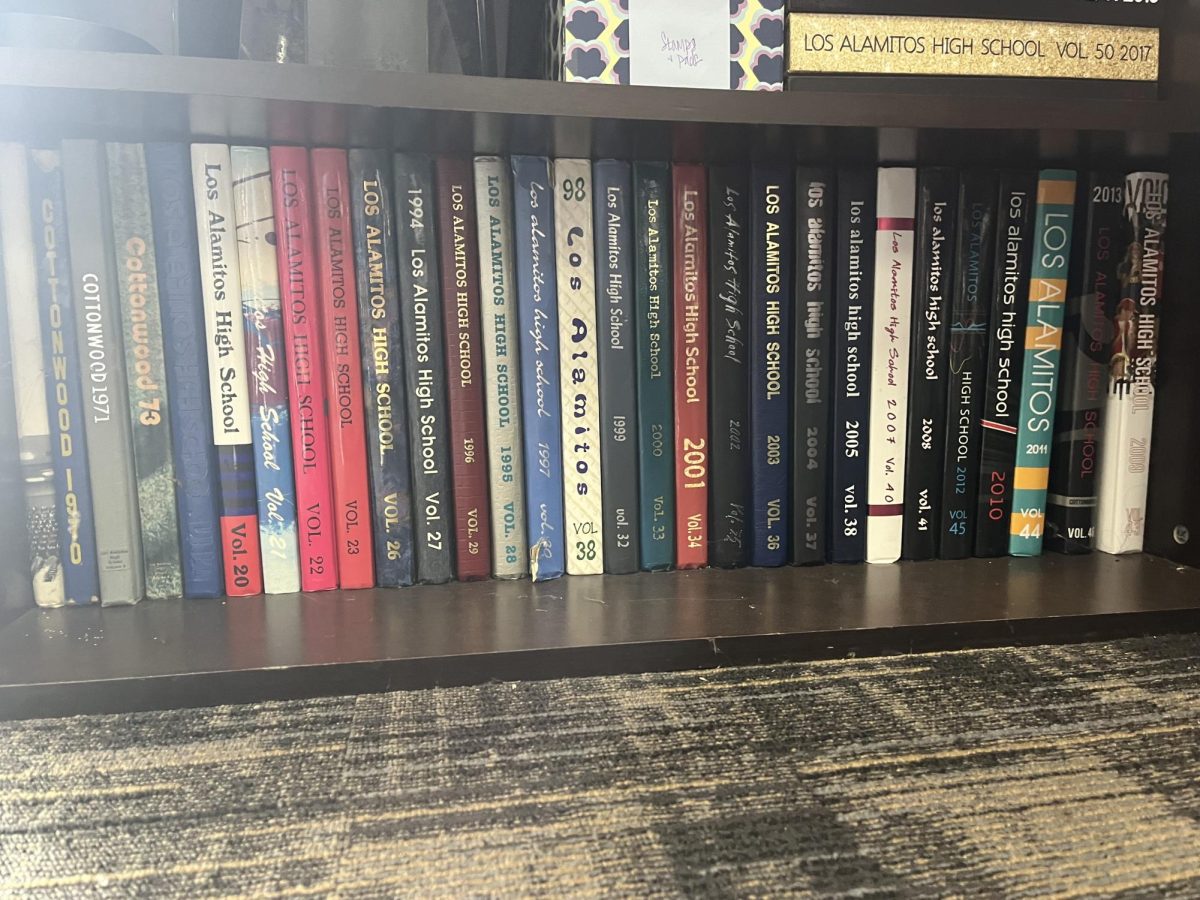

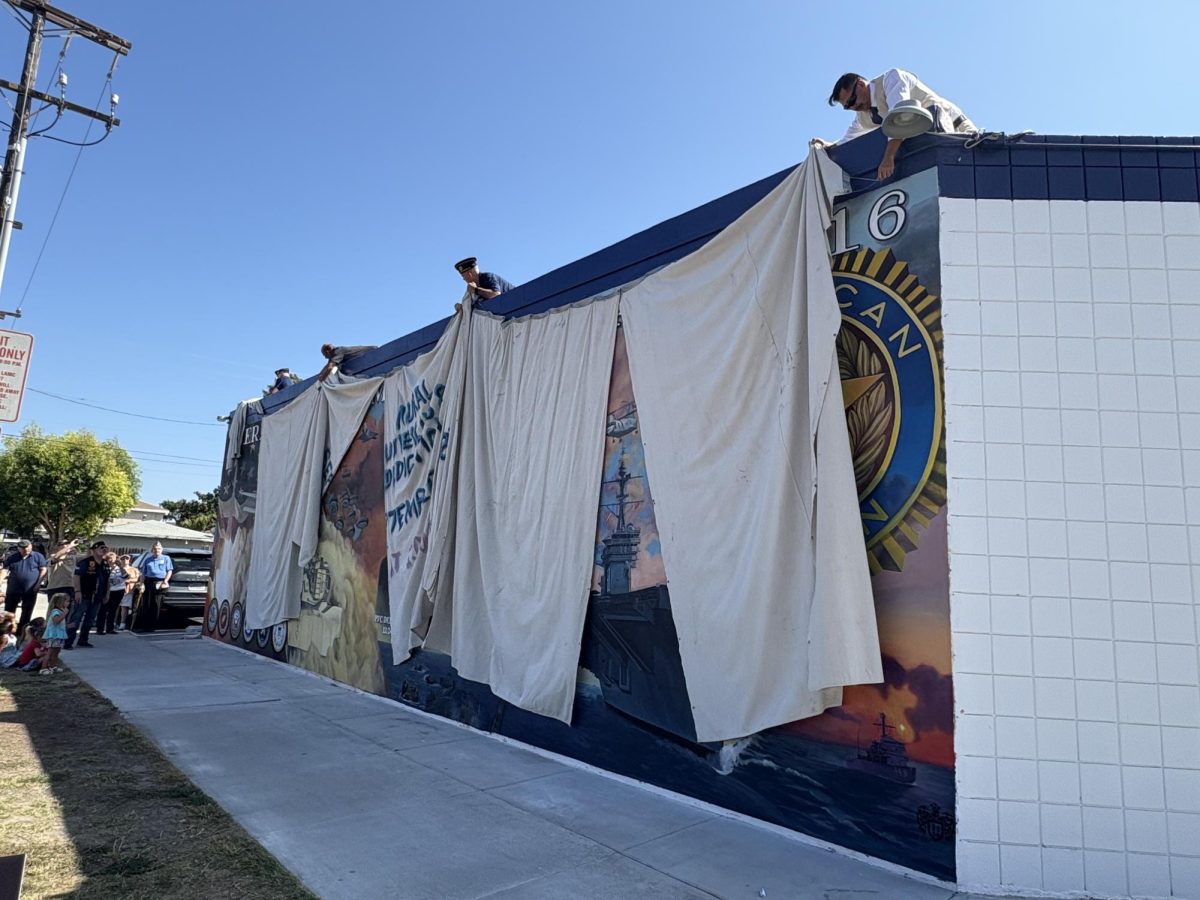
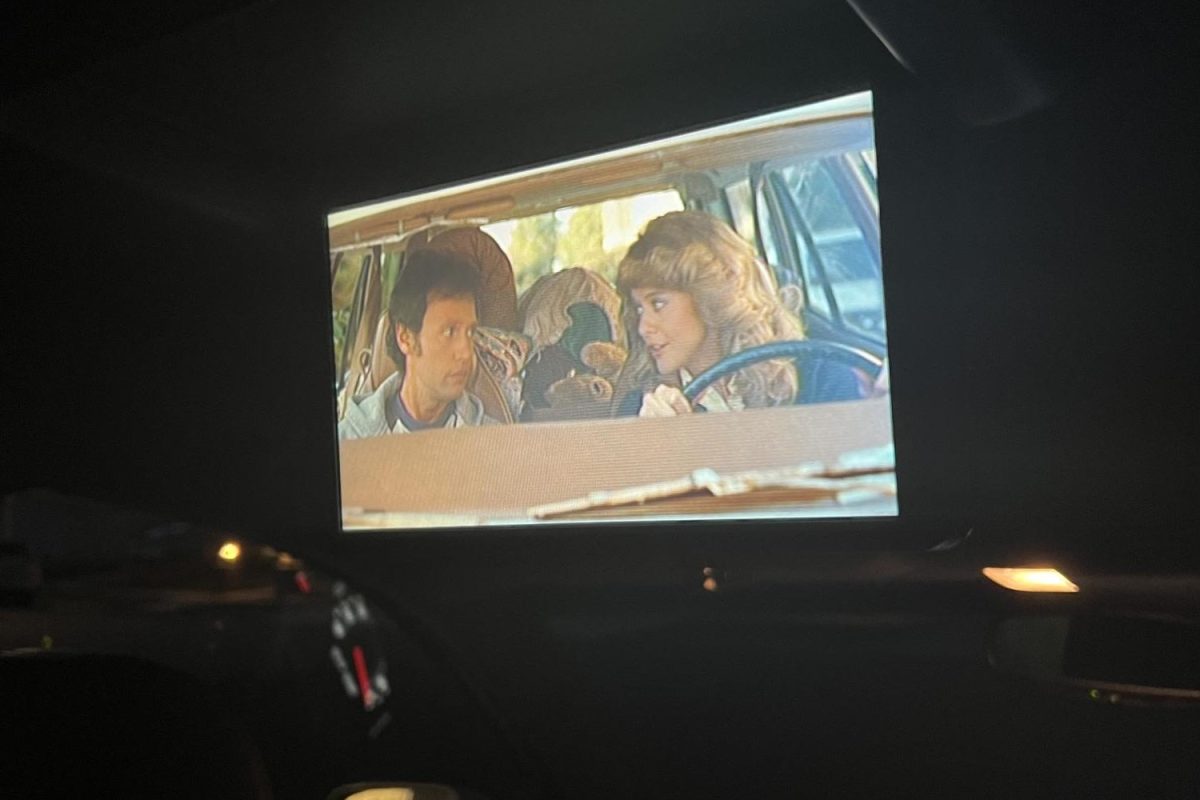

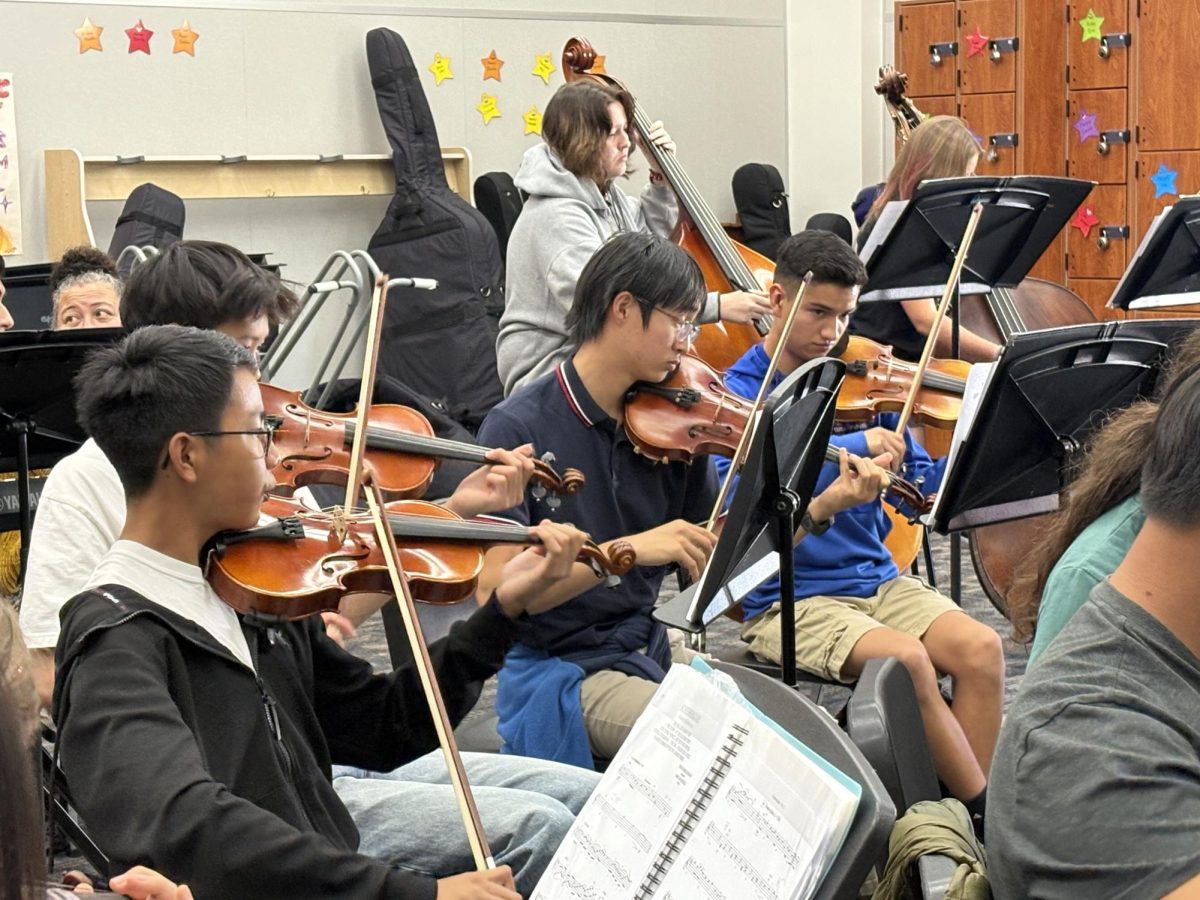



Bella Kim • Feb 5, 2025 at 9:42 pm
Love this, Kaiya! How interesting that there are two different Lolita fashions.